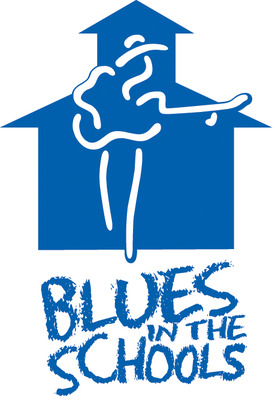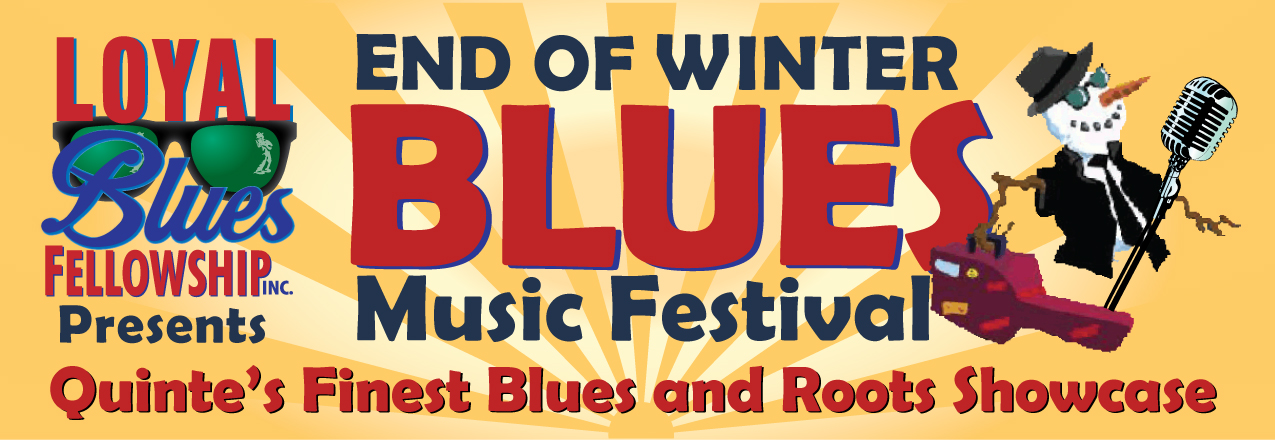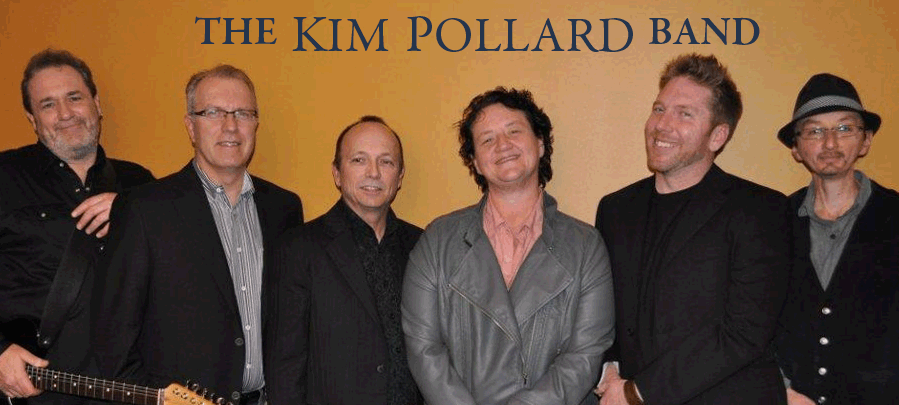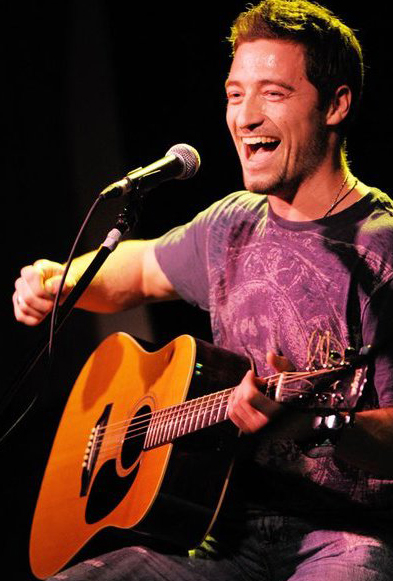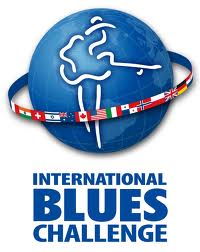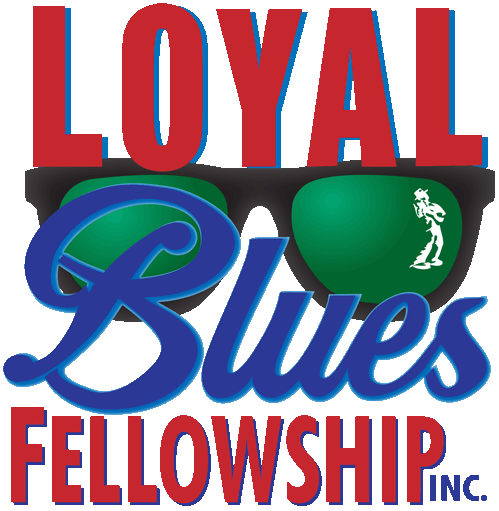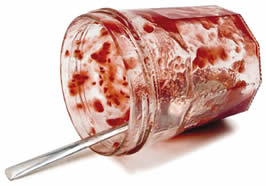
Jam Nights at the Engineer’s Hall
100 year old Union Hall and
Home of the Loyal Blues Community Jams
43 Pine Street, Belleville (corner of Pine & Chatham)
Doors open: 6:30, tunes start at 7:00pm
Acoustic Song Circle |
Coffee House Blues |
||
3rd Monday |
Last Friday |
Artist Development Program: |
||
| As part of our Artist Development Program the Fellowship hosts these monthly events at the Engineers Hall, 43 Pine Street (at Chatham), Belleville.
We offer an opportunity for musicians to meet and share techniques and experience, and to gain experience preforming with, and for, others in a non-threatning environment. |
||
The intent is to encourage musicians with less experience to learn and play in a comfortable, non-threatening environment. No alcohol please
Learning the Blues:
Blues Guitar ProgressionsThough during the first decades of the twentieth century blues music was not clearly defined in terms of chords progression, the twelve-bar blues became standard in the '30s. However, in addition to the conventional twelve-bar blues, there are many blues in 8-bar form, such as "How Long Blues", "Trouble in Mind", and Big Bill Broonzy's "Key to the Highway". There are also 16-bar blues, as in Ray Charles's instrumental "Sweet 16 Bars". The basic twelve-bar lyric framework of a blues composition is reflected by a standard harmonic progression of twelve bars, in 4/4 or 2/4 time. The blues chords associated to a twelve-bar blues are typically a set of three different chords played over a twelve-bar scheme:
where the Roman numbers refer to the degrees of the progression. That would mean, if played in the tonality of A, the chords would be as follows:
In this example, D is the subdominant. Note that much of the time, every chord is played in the dominant seventh (7th) form. Frequently, the last chord is the dominant (V or in this case E) turnaround making the transition to the beginning of the next progression. The lyrics generally end on the last beat of the tenth bar or the first beat of the eleventh bar, and the final two bars are given to the instrumentalist as a break; the harmony of this two-bar break, the turnaround, can be extremely complex, sometimes consisting of single notes that defy analysis in terms of chords. The final beat, however, is almost always strongly grounded in the dominant seventh (V7), to provide tension for the next verse. Musicians sometimes refer to twelve-bar blues as "B-flat" blues because it is the traditional pitch of the tenor sax, trumpet/cornet, clarinet and trombone. Melodically, blues music is marked by the use of the flatted third, fifth and seventh (the so-called blue or bent notes) of the associated major scale. While the twelve-bar harmonic progression had been intermittently used for centuries, the revolutionary aspect of blues was the frequent use of the flatted fourth, flatted seventh, and even flatted fifth in the melody, together with crushing—playing directly adjacent notes at the same time, i.e., diminished second—and sliding—similar to using grace notes. Where a classical musician will generally play a grace note distinctly, a blues singer or harmonica player will glissando; a pianist or guitarist might crush the two notes and then release the grace note. Blues harmonies also use the subdominant major-minor seventh and the tonic major-minor seventh in place of the tonic. Blues is occasionally played in a minor key. The scale differs little from the traditional minor, except for the occasional use of a flatted fifth in the tonic, often crushed by the singer or lead instrument with the perfect fifth in the harmony. Janis Joplin's rendition of "Ball and Chain", accompanied by Big Brother and the Holding Company, provides an example of this technique. Also, minor-key blues is most often structured in sixteen bars rather than twelve—e.g., "St. James Infirmary Blues" and Trixie Smith's "My Man Rocks Me"—and was often influenced by evangelical religious music. Blues shuffles are also typical of the style. Their use reinforces the rhythm and call-and-response trance, the groove. Their simplest version commonly used in many postwar electric blues, rock-and-rolls, or early bebops is a basic three-note riff on the bass strings of the guitar. Played in time with the bass and the drums, this technique, similar to the walking bass, produces the groove feel characteristic of the blues. The last bar of the chord progression is usually accompanied by a turnaround making the transition to the beginning next progression. Shuffle rhythm is often vocalized as "dow, da dow, da dow, da" or "dump, da dump, da dump, da" as it consists of uneven eight notes. On a guitar this may be done as a simple steady bass or may add to that stepwise quarter note motion from the fifth to the seventh of the chord and back. |
| Web site sponsored by | |||||
Copyright © 2011 Loyal Blues Fellowship Inc. |
|||||
